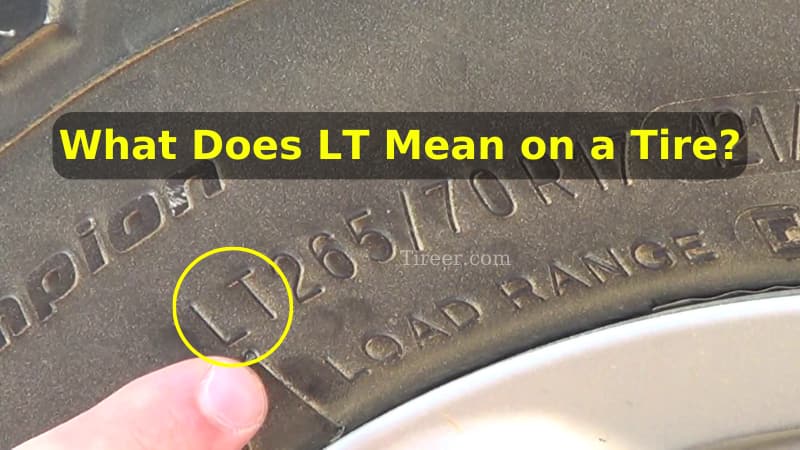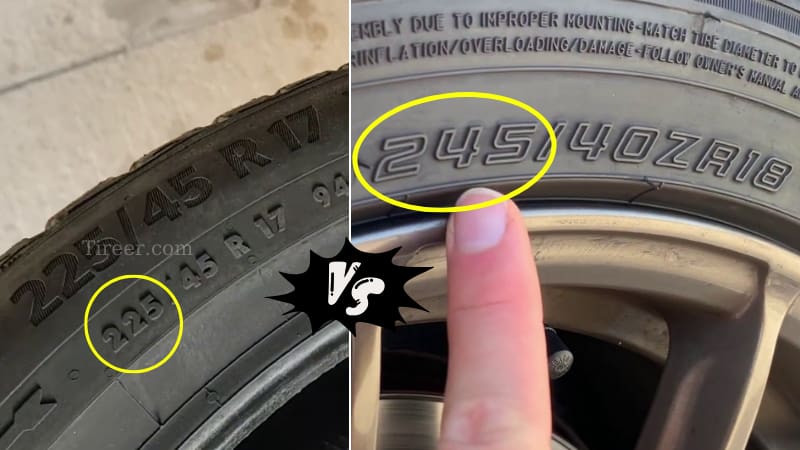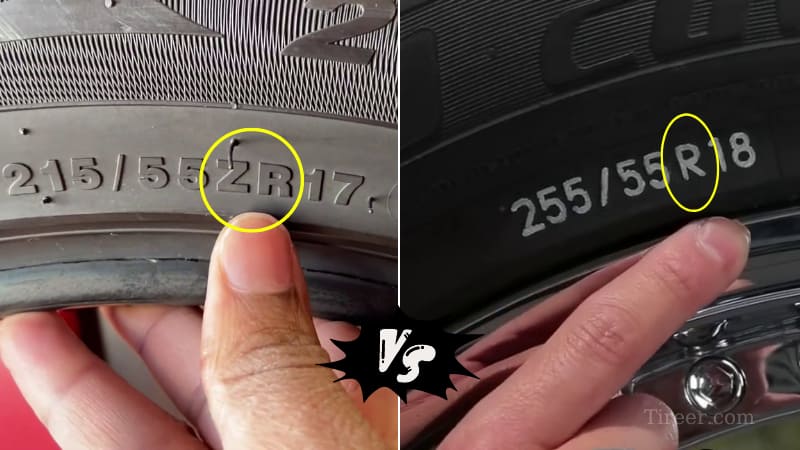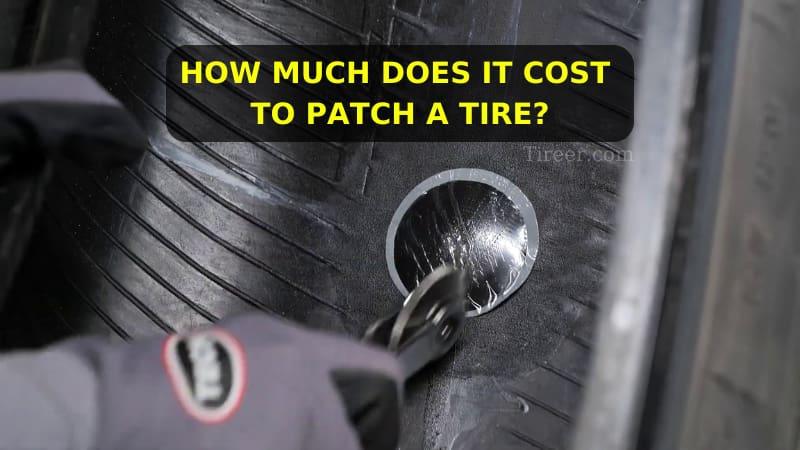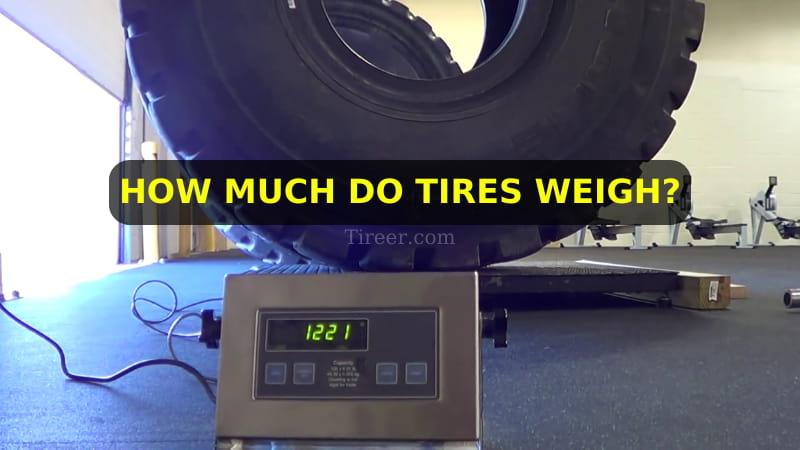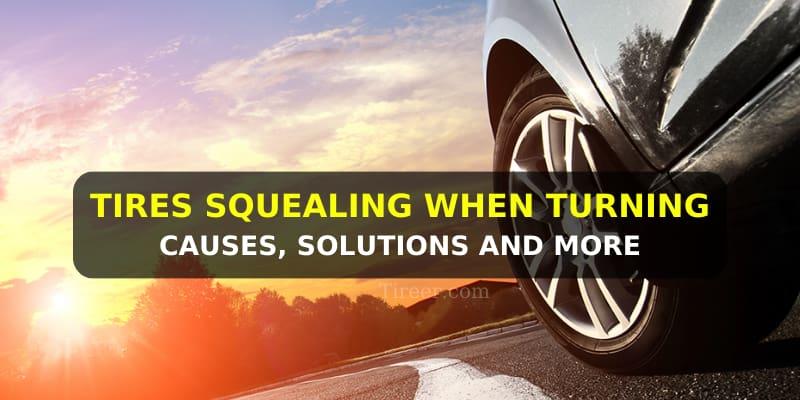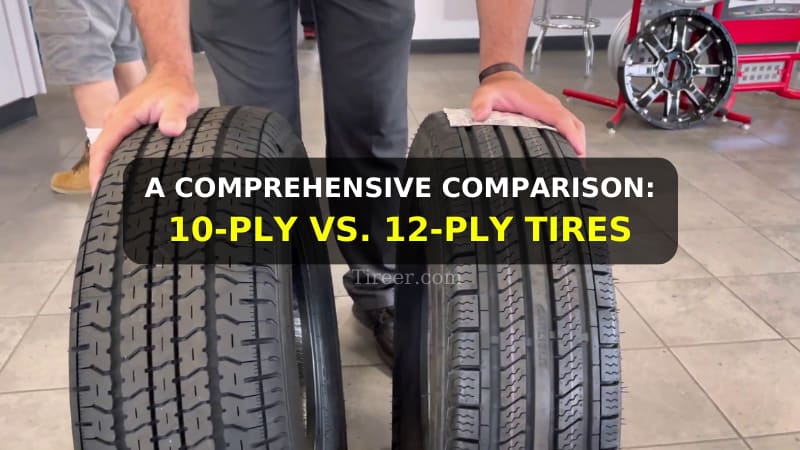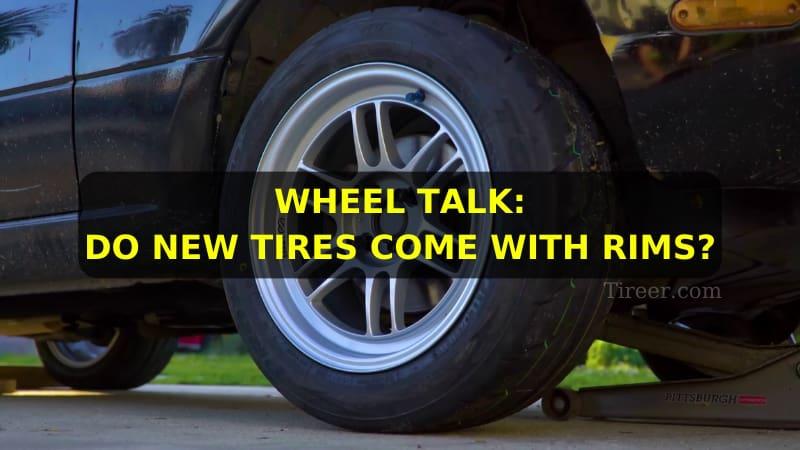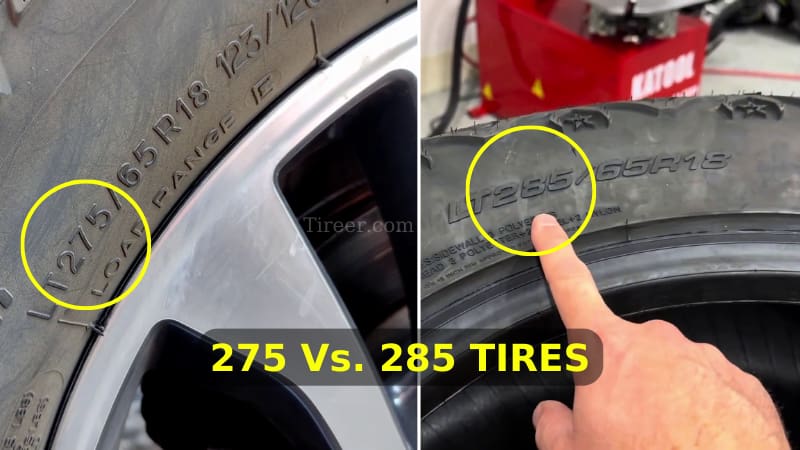Have you thought about how much tires weigh? Is the model you chose lighter or heavier? And will it make a difference? Unfortunately, tire weight is often overlooked by vehicle owners, though cyclists, for example, put a lot of thought into it when purchasing new tires.
And tire weight is very important, make no mistake about that. Sure, it is more important on bicycles, where the difference in weight can be really felt on inclines, but tire weight can also affect multiple facets of a car’s driving dynamics, from braking and acceleration to ride comfort and fuel consumption.
The problem is tiremakers don’t provide the weight of new tires. They might mention that lightweight materials were used in the construction, but buyers won’t get the exact weight for every size. Their thinking is perhaps that buyers don’t care, but in my mind, it is their job to make buyers care about this important metric.
For that reason, let’s delve deeper into the manufacturing processes, materials, and design intricacies that come together to form the tire’s weight.
